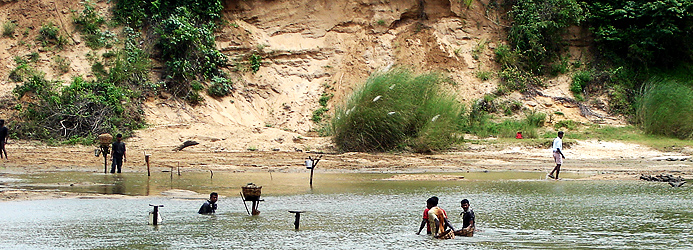With over 60% of the regional livelihoods based on agriculture, over 50% of cropped area irrigated and water being central to its culture and religions, water is a critical resource in South Asia. Countries in the region face periodic water shortages and indications are that some may suffer acute shortages in the near future. Endemic poverty affects one third of the regional population with least access to potable clean water, malnutrition, poor health and unsafe sanitation are major issues. The state is the dominant player in the water sector and issues of governance and political imperatives add to the above challenges. GWP-SAS’s overall vision is to operationalise Integrated Water Resources Management (IWRM) in the region. IWRM is a process of managing water, land and related resources in a way that meets society’s long-term need for water while ensuring that economic and social welfare is not compromised and that there is no harm to the environment. Embodied in the diverse IWRM process is the need for the inclusion of stakeholders at all levels and sectors.

The Challenge: Scarcity amidst plenty
Home to a quarter of the world’s population, South Asia is endowed with vast water resources with potential for high economic development. However spatial and temporal factors in distribution subject the region to water related disasters such as droughts, floods and storm surges, which are increasingly compounded by climate change and global warming.